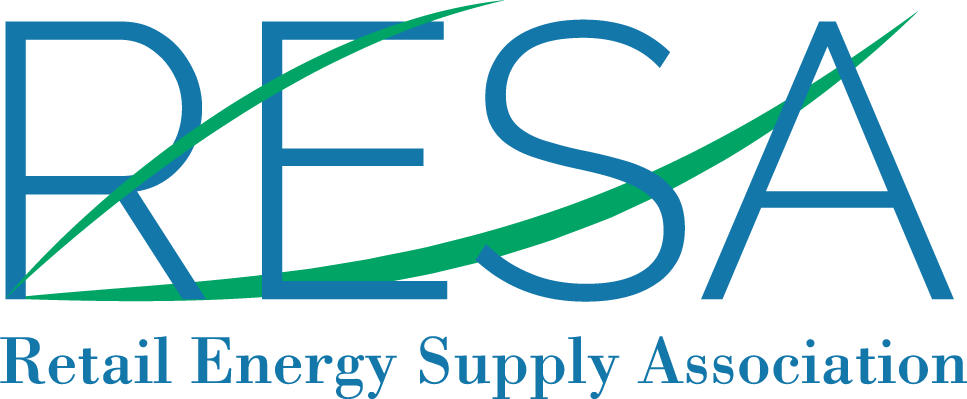Consumers who were hoping the new year might bring some relief from skyrocketing energy prices are in for a shock. Experts expect electric bills to keep climbing this year, even as overall inflation eases.
Consumers paid 14.3% more on average for electricity in 2022 than they did in 2021 — that’s more than double the overall 6.5% rise in prices, according to consumer price data from the U.S. Bureau of Labor Statistics. Month to month, electricity prices rose 1% while the overall Consumer Price Index decreased by 0.1%.
Average U.S. electricity prices could rise at a 10% clip again this year and possibly next, predicts the National Energy Assistance Directors Association, even though economists have forecast overall inflation to ease to between 3% and 4% by the end of the year.
Higher utility costs have families drowning in debt. More than 20 million families, or about one of six in the United States, were behind on their utility bills. In total, these families owe about $16.1 billion as of August 2022, up from about $8.1 billion at the end of December 2019, according to the latest figures available.
A mild winter has done little to blunt the impact. The number of households receiving energy assistance this winter season rose an estimated 1.3 million, from 4.9 million to 6.2 million, the largest one-year increase since 2009 and the highest total rate of applications since 2011.
In Pennsylvania, the rates that non-shopping (default service) customers pay utilities for electricity have skyrocketed, with prices more than doubling or tripling in some cases since December 2020, with the increases ranging anywhere from 57.25% to 341.91%, depending on the utility. The next rate adjustment is set for March.
Some utilities aren’t waiting. UGI Electric, whose rates rose 110.87% since December 2020, is seeking to raise base rates for electric distribution by $11.4 million annually, increasing the average rate for residential customers by 8.9%, commercial customers by 10.8% and industrial customers by less than 1%.
More than 75% of Americans were concerned about their ability to pay their utility or electric bills, with 51% shopping less to budget for the cost and one-quarter getting a second job to cover the expense, according to a survey by Payless Power.
Consumers are frustrated and angry — and some are taking action.
One utility customer said his household electric bill increased from roughly $120 to $270 in the last two months, which is why he decided to switch to Dynegy, a retail electric supply company, which was charging a third of what the local utility was billing.
“Obviously, after I saw this humongous unannounced increase from one month to the other, immediately, I explored one supplier option we had,” told a local newspaper.
Even utilities are recommending customers switch and save.
Because of billing glitches, PPL Electric Utilities sent out bills that were double or triple what customers would normally pay. Customers were shocked by billing errors and “spent hours on the phone trying to reach someone at PPL.” More than 795,000 customers were affected. The Pennsylvania Public Utility Commission is investigating.
After apologizing for the billing snafus and slow response rates to customer calls, PPL recommended customers use the PUC’s PAPowerSwitch tool to shop for a provider that might offer a lower rate than PPL’s default rate.
It’s good advice. Rising costs have consumers rethinking their energy choices, as we noted in an earlier blog post.
Pennsylvania consumers have been able to choose their electric service provider for the last 25 years, but it makes even more sense today. With prices expected to keep rising, locking in long-term deals now could generate big savings down the road and ease the sticker shock of those monthly energy bills.
CLICK HERE for your step-by-step guide to making the switch.
###
